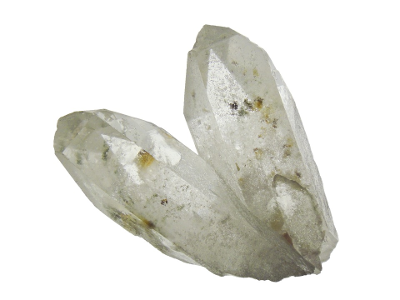Quartz is a facinating component of granite. Its scientifice name is silicon dioxide (SiO2). A chemical compound containing two parts oxygen and one part silicon. Quartz is one of the most well-known minerals and abundant minerals on earth. It also has more variations than any other mineral. Quartz is a building block of a vast number of different stones.

Quartz, as stated before, has many different variations. Pure quartz is colorless. Impurities, such as, iron oxides, phosphates, silicas and radiation cause different colors. Quartz with such impurities can be multi-colored. It can be red, white, blue, pink, purple, gray, black, or a number of other colors.
Quartz is a key component in granite
Granite is composed mostly of quartz and feldspar. On the Mohs scale of hardness (1 to 10), quartz ranks 7 and feldspar ranks 6. These are two very hard minerals, so naturally, granite would be hard as well. Granite is between 10% and 60% quartz. Rocks with less than 10%, would not be considered granite. Another criterion is that the total amount of feldspar has to be 35% alkaline feldspar. The remaining minerals found in granite are micas and amphiboles.
How granite is formed
It all starts with magma. Magma is a mixture of molten rock. When magma cools, it forms igneous rock. What particular type of rock forms when magma cools depends on what types were molten, to begin with. Magma is composed of liquid, solid and gaseous states during its lifetime. Often, magma is simultaneously all three of these states. Liquid where rock has already melted. Solid where the rock is not yet melted, gases, such as sulfur dioxide, carbon dioxide, and water vapor. Most of the solid and liquid states contain large amounts silicates, most notably, ferrous iron.
As magma cools, it crystalizes. The slower magma cools, the larger the crystal formations. Some magma reaches the earth’s surface, and its name changes to lava. Lava cools much more rapidly than magma deep within the earth. Rock formed by lava is called extrusive igneous rock. Rock formed by, the slower cooling, magma are called intrusive igneous rock. Extrusive igneous rocks have much smaller crystal formations than do intrusive igneous rocks. Typical rocks formed by lava are pumice and obsidian. Granite is the most common intrusive igneous rock.
granite countertops.





